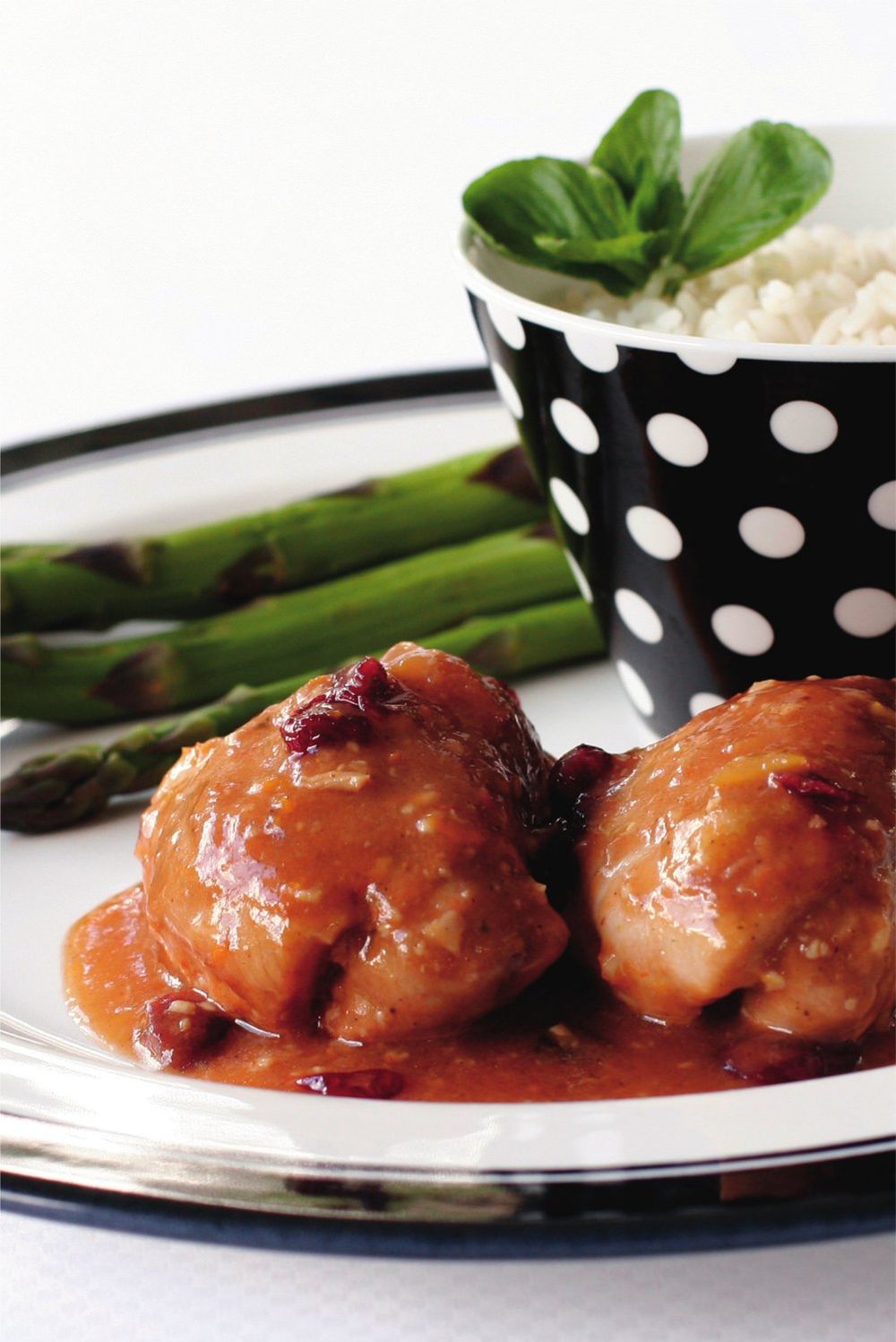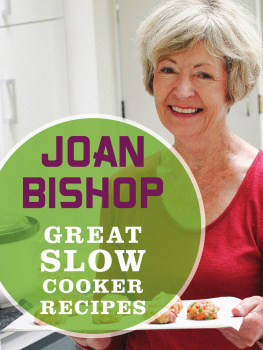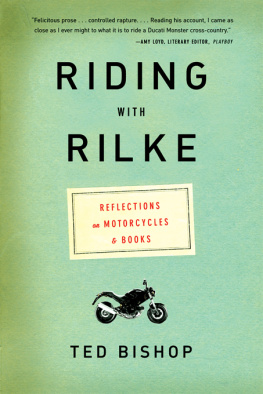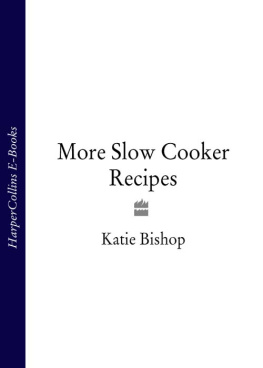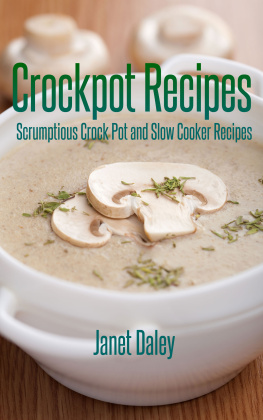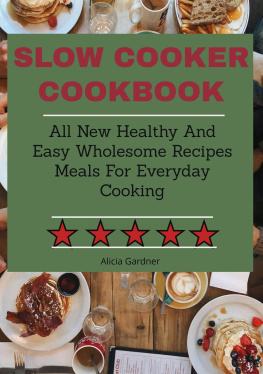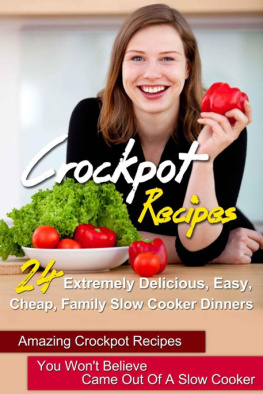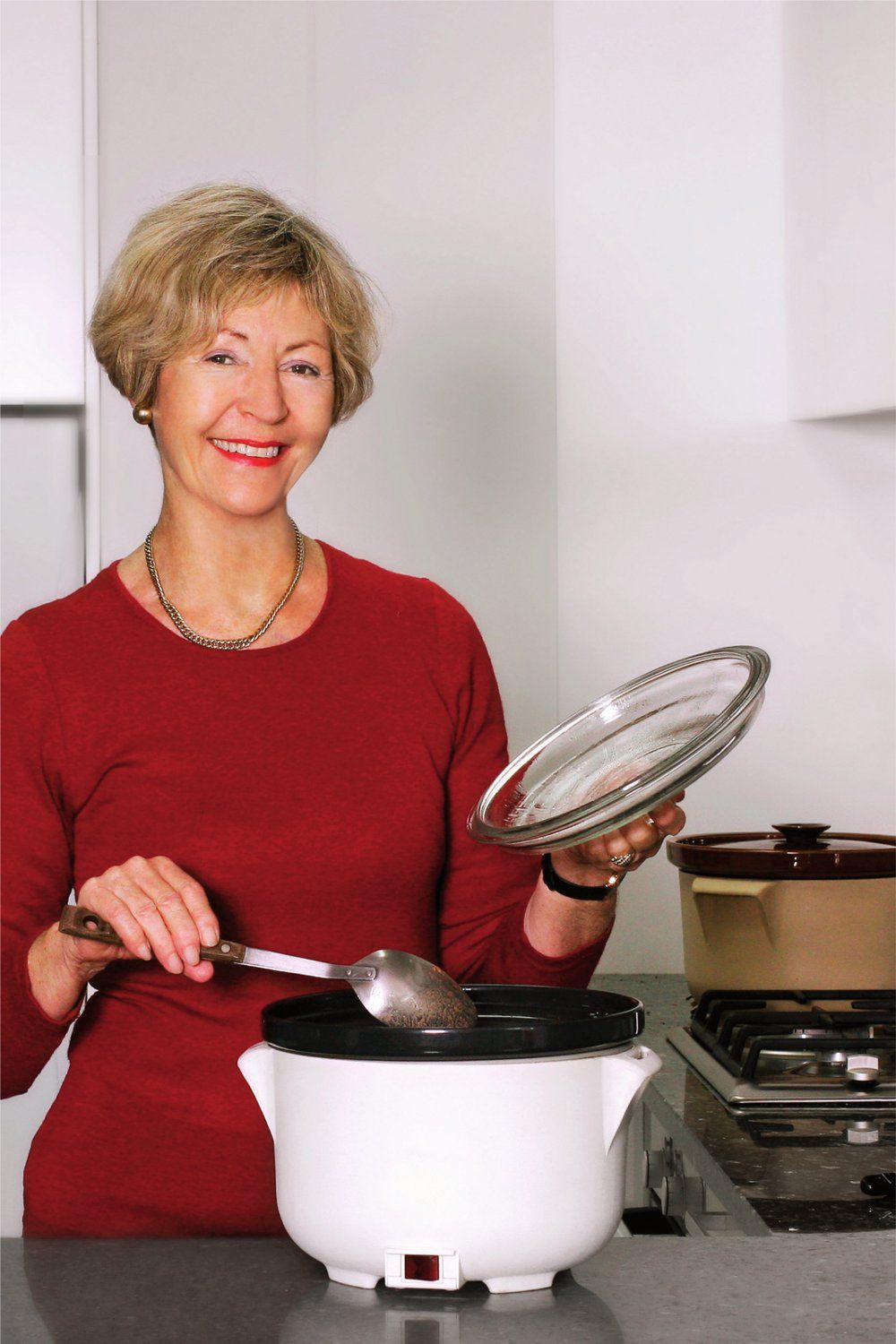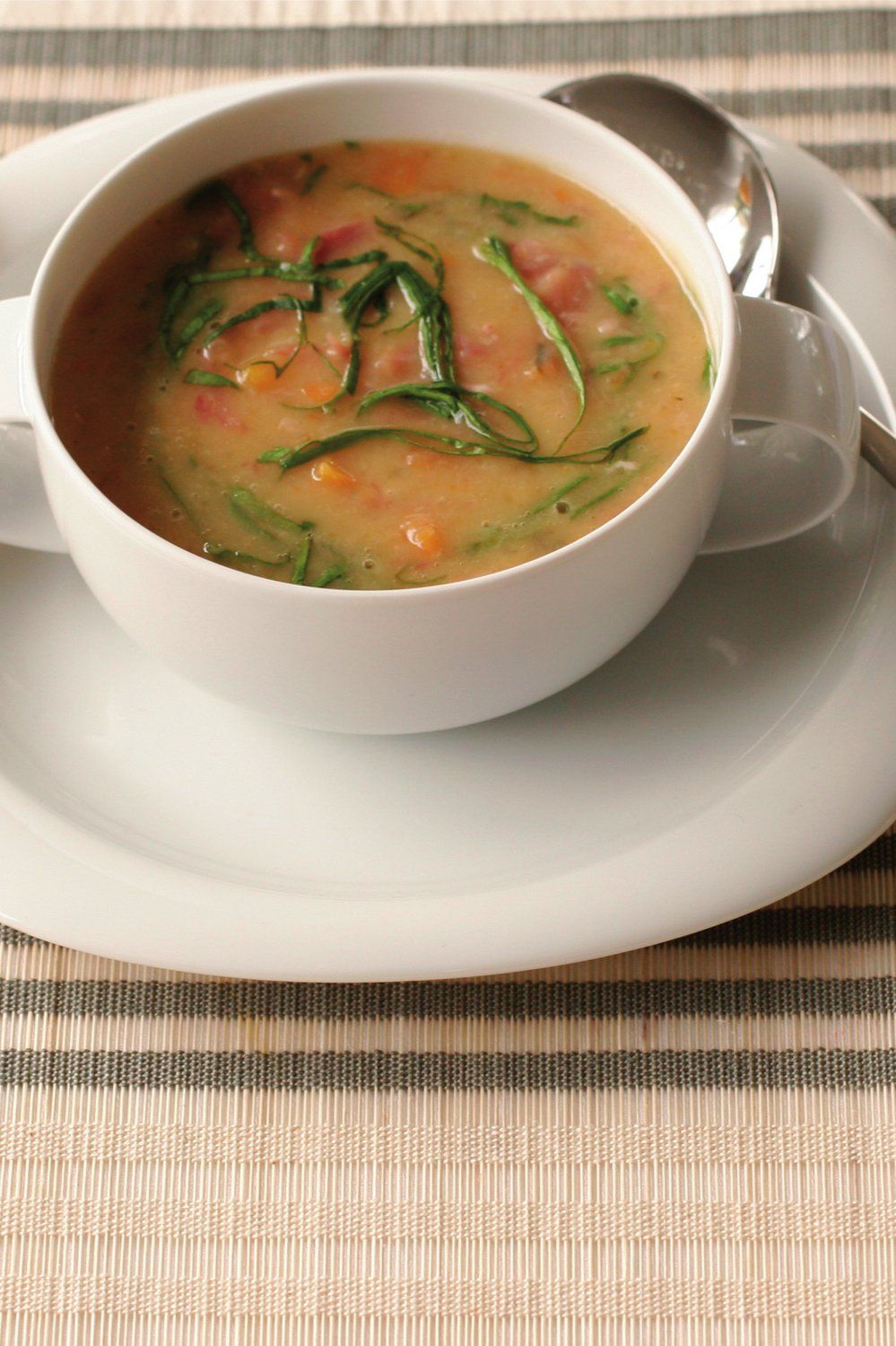Slow cookers are becoming hotter and cooking times shorter. The convenience of gentle all-day cooking is no longer guaranteed when you buy a slow cooker. Some, but not all, of the more recently manufactured slower cookers are boiling vigorously on low. With these models you cannot leave the slow cooker on all day and expect to find delicious food waiting when you get home from work. The food will probably be overcooked. I call these slow cookers speedy.
Shopping for a slow slow cooker is a minefield. There is no way you can tell until you try it at home to determine whether it is a slow model or a speedy one. On high, the food in the slow cooker will eventually bubble gently around the edges but on low it should not boil vigorously. If your slow cooker is boiling on low you will probably need to use the speedy slow cooker times given in the recipes.
If you are not sure which category your slow cooker falls into, gauge this by testing recipes. Keep a close watch on the food in the slow cooker during the late stages of cooking to see if it needs more or less time than suggested. This should give you a fairly good idea as to which set of times are most suited to your slow cooker.
Use cooking times as a guideline. Slow cookers all vary. The time that food takes to cook depends on the type of food, the temperature of the food when placed in the cooker, the cut size of the food and how full the cooker is. All affect the cooking time.
Split peas give this soup a lusciously thick consistency, making it a substantial and comforting meal for a chilly winters day. If preferred, use bacon bones (about 600 g), or bacon rashers (250 g), trimmed and chopped, in place of the bacon hock. Green split peas can replace the yellow but of course the colour will not be golden.
Serves 810
CROCKPOT: HIGH FOR 67 HOURS
SLOW COOKER: HIGH FOR 67 HOURS
SPEEDY SLOW COOKER: HIGH FOR 45 HOURS
INGREDIENTS
400 g yellow split peas
1 bacon hock
1 large carrot, peeled and diced into 1 cm cubes
1 medium onion, finely chopped
2 sprigs fresh thyme, or 1 tsp dried
78 cups hot chicken or vegetable stock
1 cup finely chopped spinach leaves
2 tbsp sherry (optional)
salt and pepper
CROUTONS
10 baguette slices
olive oil spray
handful grated tasty cheese
METHOD
Preheat the slow cooker for 20 minutes.
Place split peas, hock, carrot, onion, thyme and stock in the slow cooker.
Cover with lid and cook according to the times and settings specified above.
Fifteen minutes before the end of the cooking process, remove hock from the slow cooker. Peel off rind and discard. Shred meat from the bone, remove any fat and return meat to the slow cooker. Thin the soup with a little more stock if it is too thick.
Stir in spinach leaves and sherry. Cover with lid and cook for 15 minutes more. Season with salt and pepper.
Serve hot with cheese croutons.
To make croutons, place baguette slices on a baking tray. Spray lightly with olive oil and sprinkle with cheese. Bake at 200C until cheese melts.
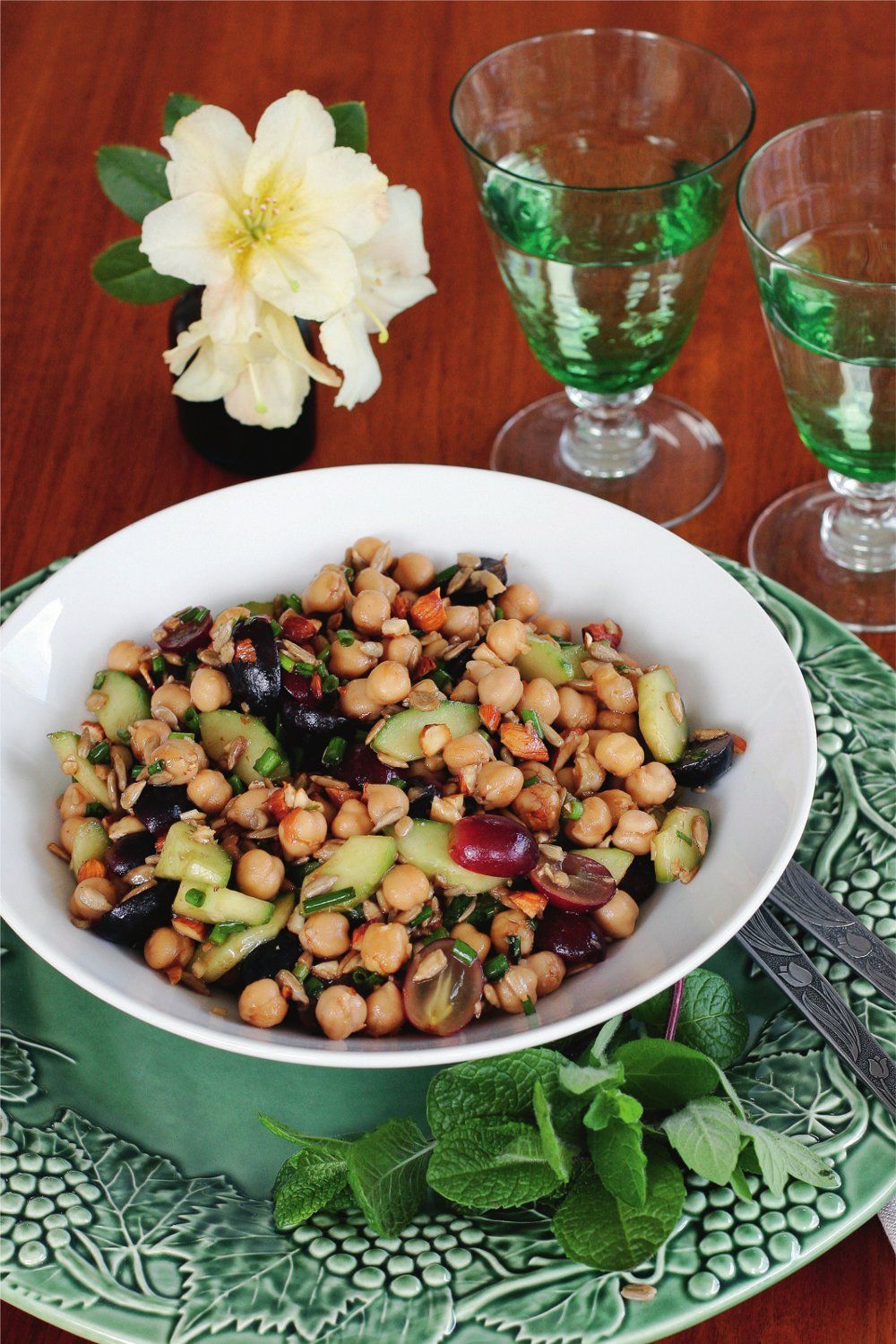
This is a great favourite of mine. I love the balance between the sour sweetness of the pomegranate molasses, the peppery warmth of the mint and the slight smokiness of chickpeas and toasted sunflower seeds. Perfect served alongside most meat, chicken and fish dishes, this salad can also be served as a light meal accompanied by a cheese and bread platter. I like red or black grapes in this salad because they look beautiful, but green will do. Preferably choose seedless grapes but if they are not available, halve the grapes and flick out the seeds.
Serves 4 as an accompaniment
INGREDIENTS
SALAD
2 cups canned or cooked dried chickpeas (see tips for cooking dried beans below)
200 g grapes, halved if large
telegraph cucumber, peeled, deseeded and sliced
cup finely chopped mint
cup finely chopped spring onions or chives
60 g sunflower seeds
50 g whole skin-on almonds mint sprigs to garnish
DRESSING
2 tbsp pomegranate molasses
3 tbsp olive oil
1 tbsp red wine vinegar
tsp salt
METHOD
Rinse and drain the canned chickpeas if using. Combine the chickpeas, grapes, cucumber, mint and spring onions or chives in a bowl.
Toast the sunflower seeds in a dry frypan over low heat for 45 minutes, stirring frequently as they scorch very easily. Transfer to a plate and allow to cool. Toast the almonds separately in the same frypan for 56 minutes untilquite a deep brown. Cool and roughly chop.
Just prior to serving, add the sunflower seeds and almonds to the bowl containing the salad ingredients.
In a small screw-top jar, shake together the dressing ingredients and pour over the salad.
Toss gently and tip onto a serving platter or bowl. Garnish with mint sprigs.
TIPS FOR COOKING DRIED BEANS
Slow cooking is the best method I know of to cook dried beans. No pre-soaking is required. If you prefer to soak the beans in cold water prior to cooking, the cooking times will be similar whether the beans have been soaked or not. Cooking times will vary according to the variety of dried bean, its age and quality, as well as the temperature reached in the slow cooker on high.
I dont think it is worth cooking less than 450 g of beans at a time this equates to 6 cups of cooked beans. When the beans are cool, I set aside the amount needed for the dish I am making and freeze the remainder in 2 cup lots for future use. Crockpot, slow cooker and speedy slow cooker dried beans are always cooked on High. The approximate cooking time for 450 g dried chickpeas is 44 hours in a crockpot and slow cooker or 33 hours in a speedy slow cooker. Do not add salt to dried beans until they are tender as salt will toughen the beans and prevent them cooking properly. Acidic ingredients such as tomatoes or wine also slow the cooking time of dried beans.
METHOD
Preheat the slow cooker for 20 minutes.
Rinse 450 grams of beans and drain well. Place in the slow cooker and add six cups of very hot water.
Cover with the lid and cook, following the times suggested.
Start checking to see if the beans are cooked about 30 minutes before the suggested cooking times has been reached. The beans should be tender to the bite but still holding their shape.
Pour into a colander and drain. Use the beans in other recipes, or refrigerate or freeze for later use.
